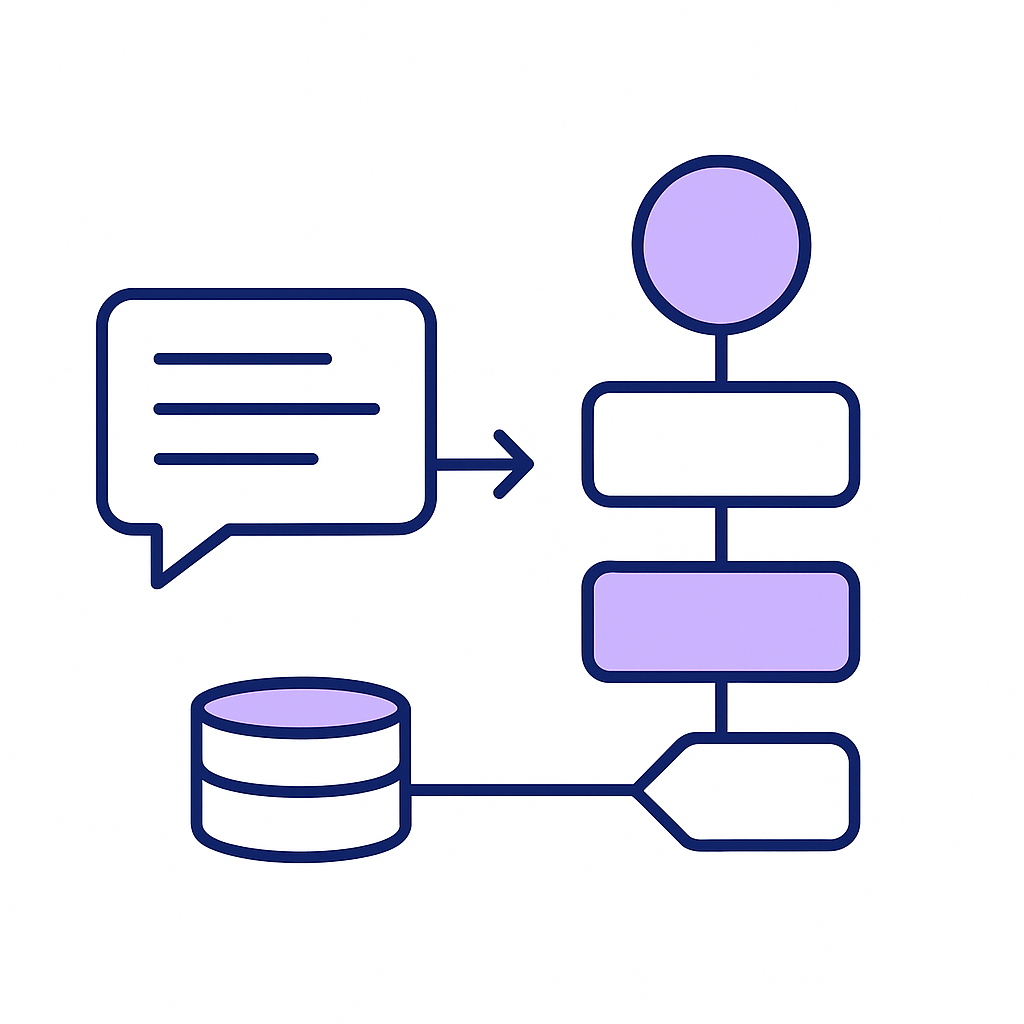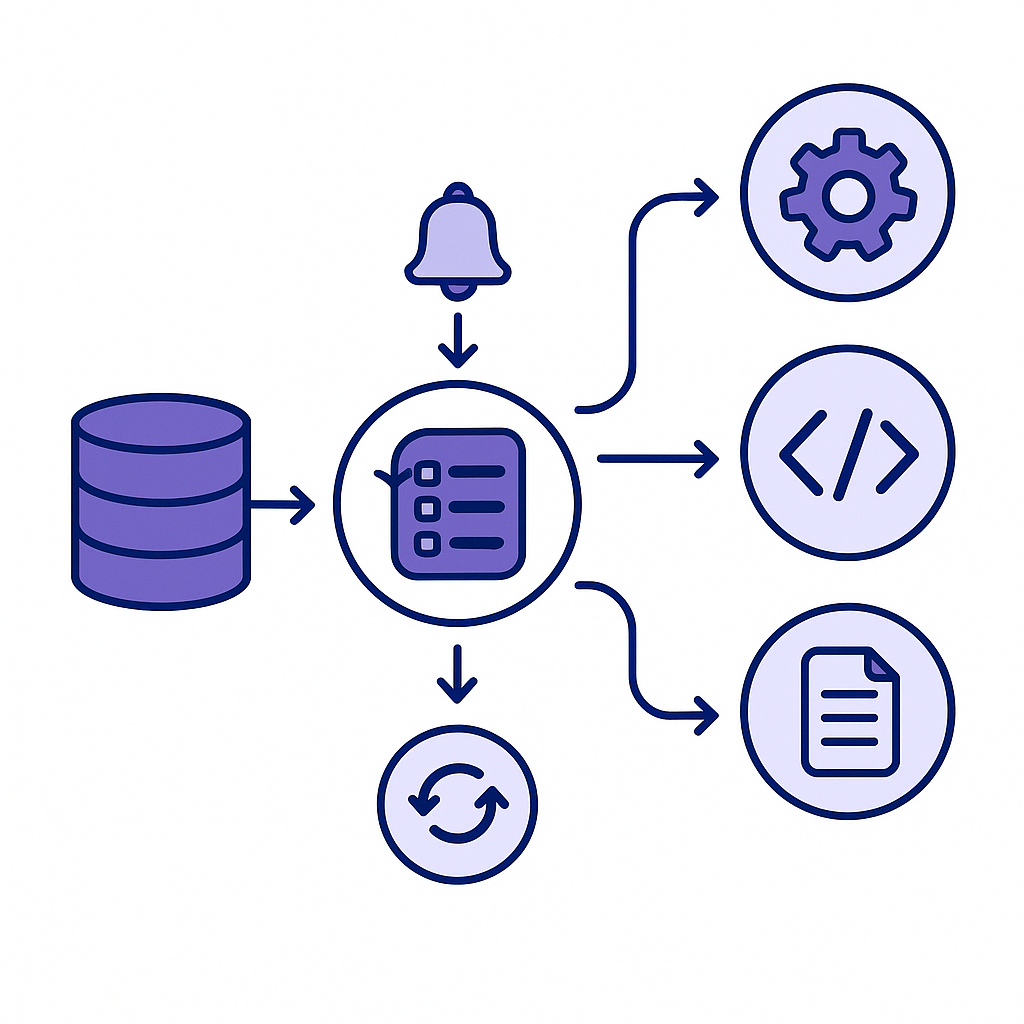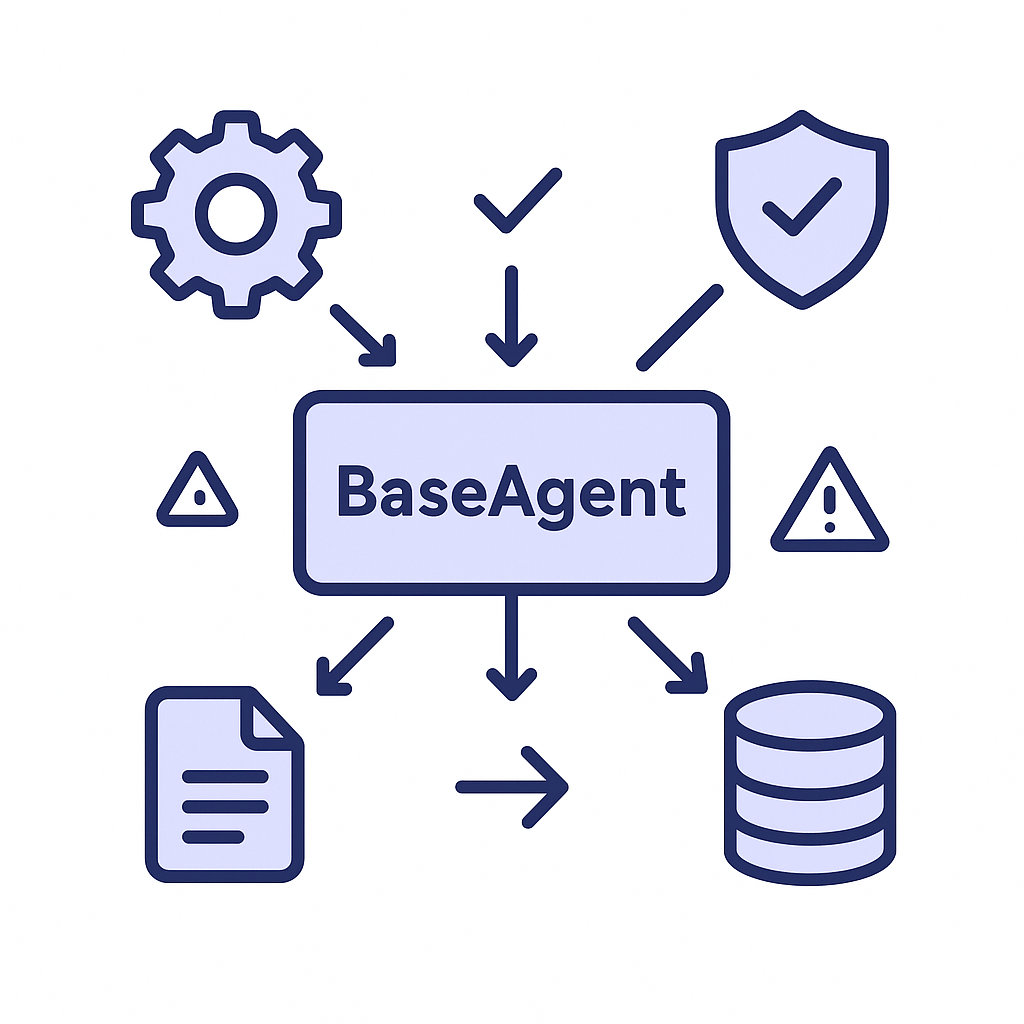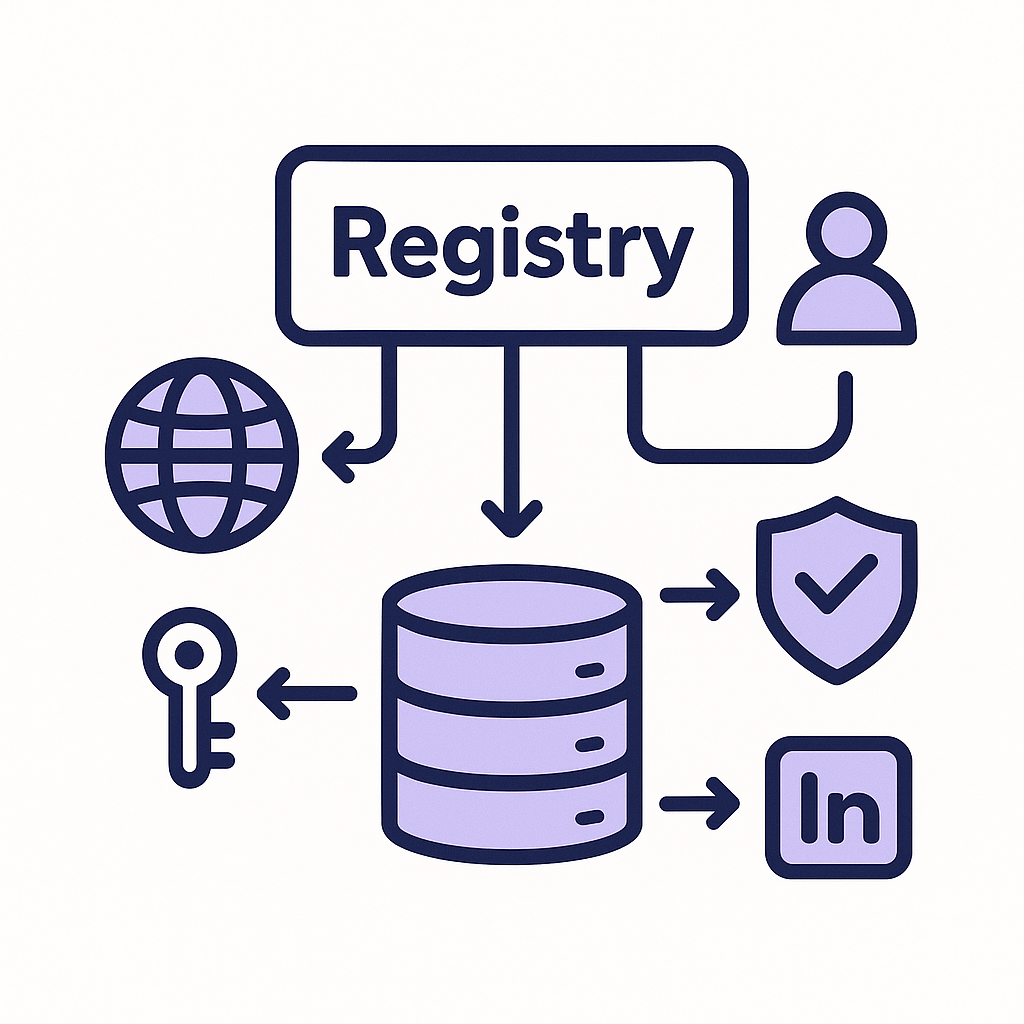Translates NL into workflows
The HiveProcessor is the brain that takes a HiveInput (your user's prompt plus optional team/user context), stores an initial "hive_request" to the database, and then calls out to AI (via OpenAI_generate_response) to parse that prompt into a workflow:
- A UUID workflow ID
- A set of discrete tasks, each assigned to a specific agent
- Explicit dependencies between tasks

Orchestrates asynchronous task execution
Your TaskManager (a thread-safe singleton) polls the database for new "pending" tasks and optionally listens on PostgreSQL channels for notifications. It claims tasks whose dependencies are satisfied, and hands them off—via the HiveProcessor and HiveCommunicator—to the appropriate agent implementation.

Provides a unified agent framework
At the core is BaseAgent, an abstract class that loads configuration, logging, OpenAI credentials, and a HiveDB connection. It defines standard methods for input validation, progress reporting, error handling, and saving results back to the database.

Ships with a library of built-in agents
URLAnalyzerAgent
Fetches and parses web pages for structured insights
BlogAgent
Composes multi-section blog posts
AnkhAgent
Executes code snippets securely
LinkedInMonitorAgent
Tracks LinkedIn profiles and engagement

Manages agent metadata & access control
The HiveRegistry lazily loads all agent metadata from the database, enforces scope (global/team/user), and instantiates agent classes on demand. This lets you add or update agents without restarting the server.

Persists everything in a central database
All requests, AI responses, agent requests and results, error logs, and status updates are stored in a Supabase/PostgreSQL backend via HiveDB. This ensures durability and lets you query or replay workflows later.
